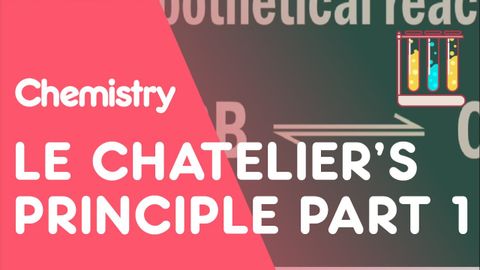
Subtitles & vocabulary
Le Chatelier's Principle Part 1 | The Chemistry Journey | The Fuse School
00
Wayne Lin posted on 2015/06/27Save
Video vocabulary
stress
US / strɛs/
・
UK /stres/
- Transitive Verb
- To emphasize one or more parts of a word, sentence
- To put pressure on something or someone
- Noun (Countable/Uncountable)
- Emphasis on part of a word or sentence
- Pressure on something or someone
A2TOEIC
More pressure
US /ˈprɛʃɚ/
・
UK /'preʃə(r)/
- Noun (Countable/Uncountable)
- Anxiety caused by difficult problems
- Force, weight when pressing against a thing
- Transitive Verb
- To apply force to something
- To persuade or force someone to do something
A2TOEIC
More increase
US /ɪnˈkris/
・
UK /ɪn'kri:s/
- Verb (Transitive/Intransitive)
- To make or become larger in size or amount
- Noun (Countable/Uncountable)
- Fact of increasing; amount something grows by
- A rise in strength or intensity.
A1TOEIC
More system
US /ˈsɪstəm/
・
UK /'sɪstəm/
- Noun (Countable/Uncountable)
- Set of organized, planned ideas that work together
- A set of principles or procedures according to which something is done; an organized scheme or method.
- Adjective
- Working in an organized, logical way
A1TOEIC
More Use Energy
Unlock All Vocabulary
Unlock pronunciation, explanations, and filters
